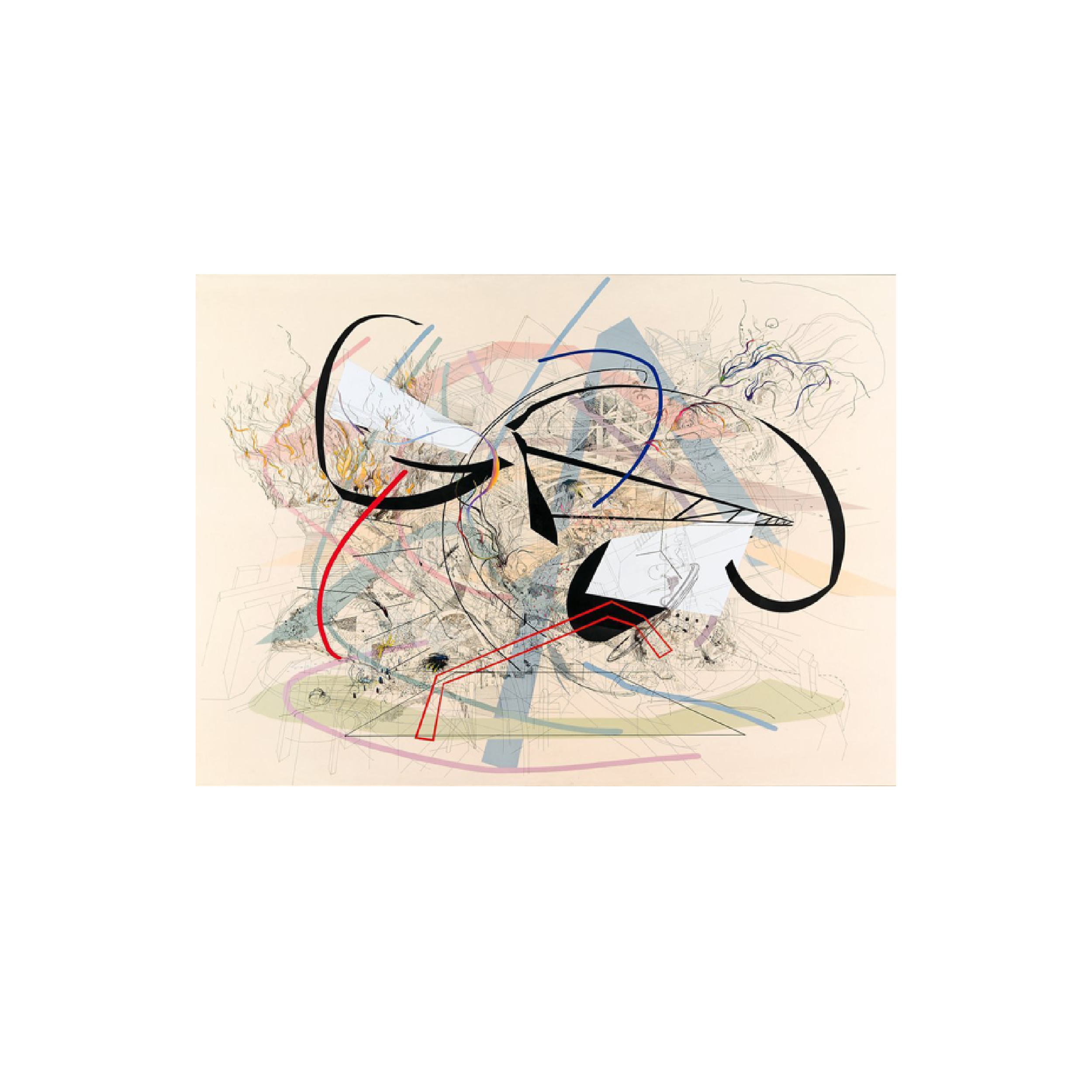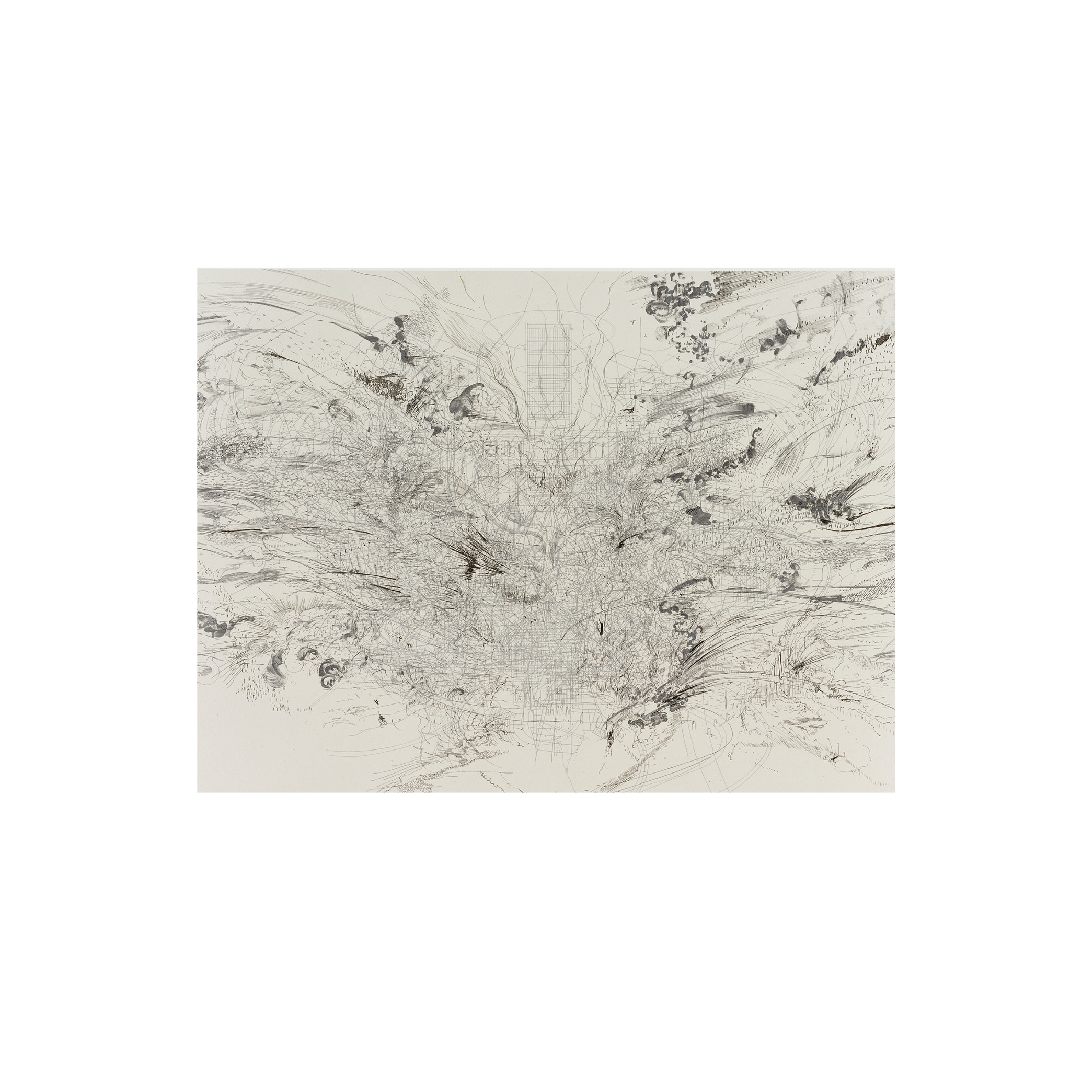Can You Name 5 Womxn Artists?
Recently we hosted a GMD Talk with curator and owner of artists agency A Finer Eye (and GMD Magazine contributor) Erin Remington. We asked her: Can you name five womxn artists?
The question is part of the social challenge and campaign created by the National Museum of Women in the Arts (NMWA). It began trending in March 2016 when NMWA asked the question during Women’s History Month and the hashtag #5WomenArtists was born. Thousands of individuals and more than 1,500 (and counting) cultural institutions from seven continents and fifty-four countries have taken part each year. The campaign raises awareness about gender inequality in the art world and beyond.
Enclosed below are names of #5WomenArtists Erin Remington provided, along with additional background and two of her favorite artworks from each artist.
1. Frida Kahlo (1907-1954)
Mexican artist, known as a feminist icon. Many people have heard of her. Also famously known as the wife of famous muralist and painter Diego Rivera. She is probably the most famous Mexican artists and known for her self-portrait paintings. She suffered from a bus accident and spent much of her life in bed, sick, even as a child she suffered from polio when she was six. She knew a life of sickness, pain but she was able to create beautiful works of art that have been a symbol of feminism or womxn power. Highly recommend watching the movie Frida with Salma Hayek.
2. Louise Bourgeois (1911-2010)
American-French artist famously known for her Maman (spider) sculptures. Her work speaks deeply about sexuality, pain, fear, etc.
She grew up in a family with art (her parents owned a gallery). She eventually got married and moved to New York where she spent the majority of her art career. When she had originally gone to school she studied math, then went to art school, considered herself a painter and eventually realized she was a sculptor. She had a retrospective at MOMA with her large spiders at seventy-years-old.
I love her spiders because, as a female artist, you can get stuck in a category of creating “beautiful” works and I love how eerie and unique her spiders are. Spider is a giant sculpture of an arachnid that stands on the floor. The artwork is made of bronze and granite and was created in 1994 by the French-born American artist Louise Bourgeois. One of the first of many sculptures of spiders made by the artist, Spider. In 1995, the year after she made this version of Spider, Bourgeois published the poem ‘Ode to my Mother’ (‘Ode à ma mère’) alongside a suite of nine etchings depicting spiders that were published by Editions du Solstice, Paris. In the poem the artist relates the spider to a maternal figure, her own mother in particular, who was a weaver and the manager of the family’s antique tapestry restoration business:
“The friend (the spider – why the spider?) because my best friend was my mother and she was deliberate, clever, patient, soothing, reasonable, dainty, subtle, indispensable, neat, and useful as an araignée. She could also defend herself, and me, by refusing to answer ‘stupid’, inquisitive, embarrassing personal questions.
I shall never tire of representing her.
I want to: eat, sleep, argue, hurt, destroy Why do you?
My reasons belong exclusively to me.
The treatment of Fear.”
3. Yayoi Kusama (1929)
A contemporary Japanese artist working across painting, sculpture, film, and installation. She has produced a body of work formally unified by its use of repetitive dots, pumpkins, and mirrors. She has explored many different styles including Pop Art and Minimalism. She is a self described “obsessional artist”. I think many of us are familiar with her Infinity Mirror Rooms, which we have here in LA at the Broad Museum.
Yayoi Kusama was born on March 22, 1929, in Matsumoto City, Japan. She was born into a family of affluent merchants that operated a seed and plant nursery farm. Although she grew up in an area that was characterized by immense natural beauty at a time when World War II had torn up everything, her family life was deeply troubled. As a kid, her mother was physically abusive to her and often rebuked her for painting while her father was a known philanderer.
In 2012 she had a great collaboration with Louis Vuitton in which she designed handbags and window displays (fashion and art coming together). She has common motifs. One is her use of pumpkins. She has said, “I love pumpkins, because of their humorous form, warm feeling, and a human-like quality and form.”
4. Julie Mehretu (1970)
Born in Ethiopia, but is a living and working artist in New York. She is well known for her multi-layered paintings of large scale landscapes done in an abstract style. Mehretu's canvases incorporate elements from technical drawings of a variety of urban buildings and linear illustrations of urban efficiency, including city grids and weather charts. Mehretu has described her rich canvases as “story maps of no location”, seeing them as pictures into an imagined, rather than actual reality.
Mehretu’s paintings are constructed through a labor-intensive additive process in which successive layers of lines and thick streams of paint are separated by coats of transparent acrylic. As she works, the surfaces build up into stratified geologies in which individual images, which she refers to as characters, are embedded like fossils.
5. Helen Frankenthaler (1928-2011)
American abstract expressionist painter, that was influenced by some very well known artists such as Willem de Kooning and Jackson Pollock. She was famous for her “color-stain technique” which was her applying a thin layer of wash to unprimed canvas. She described them as, “no nature per se, but a feeling.” She married another artist, Robert Motherwell.
Introduction by Diane Lindquist
Womxn Artist List by Erin Remington










